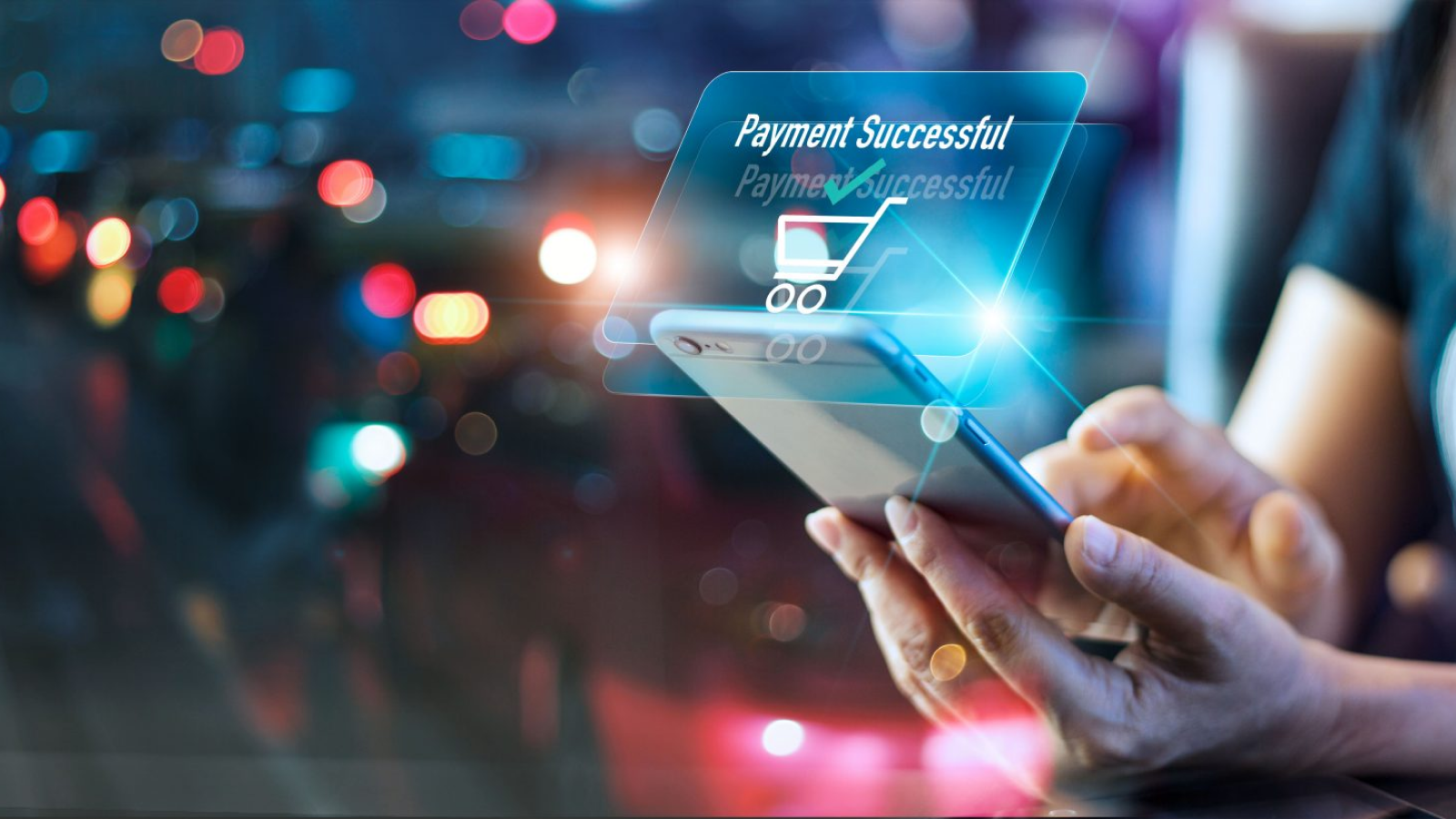Is Embedded Finance The Future?
Put simply, embedded finance is about enabling any business to manage and sell innovative financial services; seamlessly integrating creative forms of payment, debit, credit, insurance or even investment into their end user experiences. The simplest example of this in action is paying for an Uber ride.You don’t get out your credit card at the end of the journey. Uber product designers have enabled payments to be embedded into your experience of getting a lift and, for the driver, into their experience of getting paid the right amount at the right time. So many of us have used embedded finance without even realising it.
As the fintech industry continues to change, accessible and straightforward interfaces for end users are key to helping financial institutions better engage their customers. One way many fintechs are creating a superior user experience for customers is with embedded finance. It’s a way to make financial processes like payments work seamlessly with other end-user platforms to make transactions easier and faster.
When they can make transactions easily, your customers are more eager to buy, and your company gets more business. Efficient and user-friendly, embedded finance is a growing trend for many institutions, and it can offer a variety of benefits to your company.
Payment facilitation companies like Virtual Pay have grown rapidly over the last ten years by enabling this sort of capability for digital companies. Complexity increases as you move from payments to debit, credit, insurance and investments. But if you are a merchant or brand in any sector you want to make your propositions to customers as attractive as possible.
Today customers have to interact with their banks to get debit and credit cards, loans for a sofa, car or house, and there’s a lot of back and forth between the customer, the bank, and the merchant, with few options personalised to the needs of individual customers.
Embedded Fintech Advantages for End Users
Embedded finance is increasingly common because it brings so many benefits to end users and businesses. It streamlines experiences such as shopping with buy now, pay later (BNPL) or loan programs, as one example.
By cutting out a step in your customers’ buying process, embedded finance creates an interface that makes transactions easy. For instance, if there’s an option for a BNPL program integrated into a customer’s checkout process, they’re more likely to buy than they would be if they had to go through multiple steps and directly interface with a third party.
For users, the benefits of embedded finance include:
- Increased convenience.
- Faster transactions.
- A more accessible interface.
When they’re offered a process that’s easier to use and saves them time and energy, customers are often willing to spend more. The perceived value of usability and convenience is greater to many customers than the financial costs, making them more willing to take financial risks
As the fintech industry continues to change, accessible and straightforward interfaces for end users are key to helping financial institutions better engage their customers. One way many fintech’s are creating a superior user experience for customers is with embedded finance. It’s a way to make financial processes like payments work seamlessly with other end-user platforms to make transactions easier and faster.






